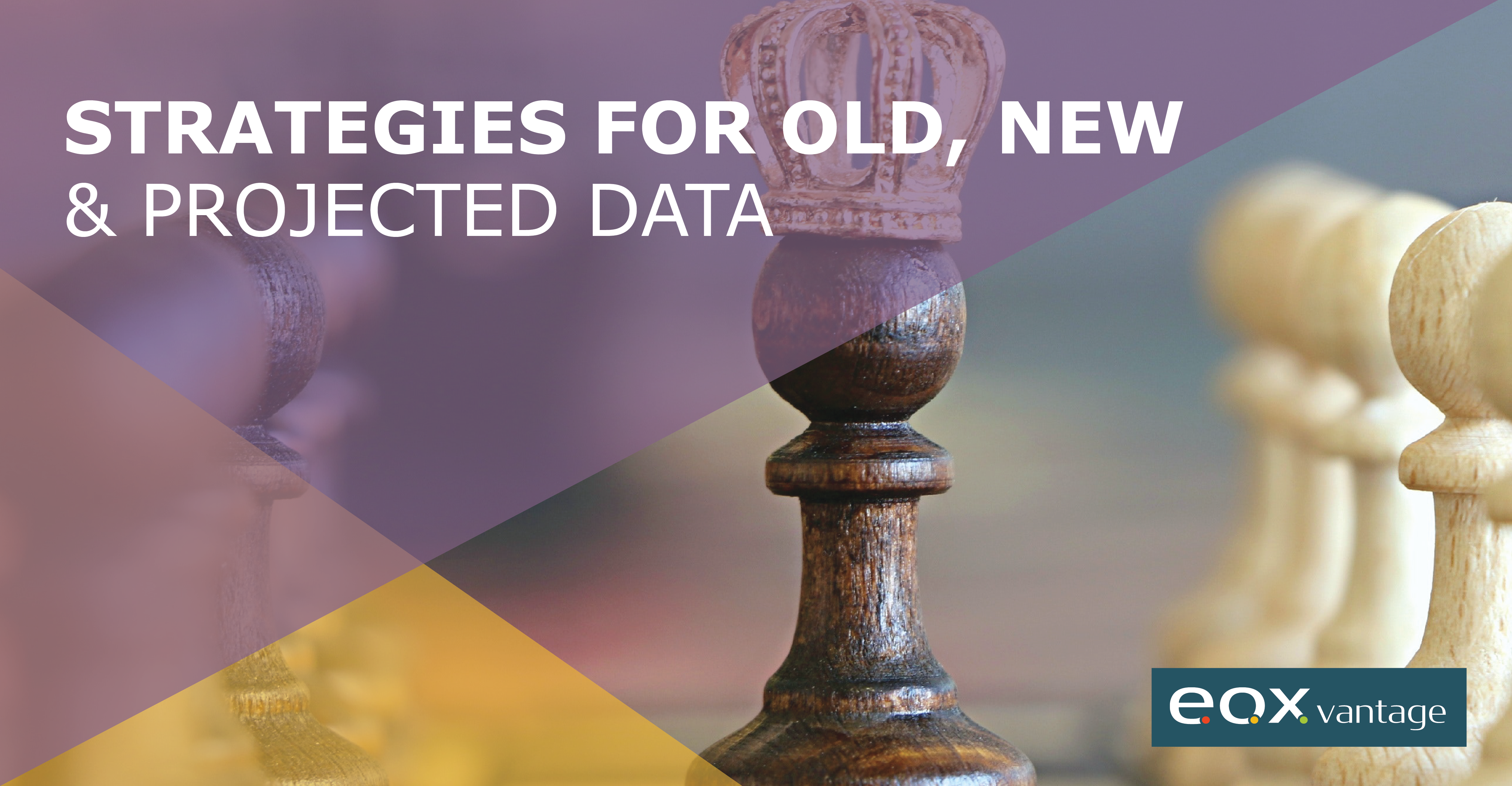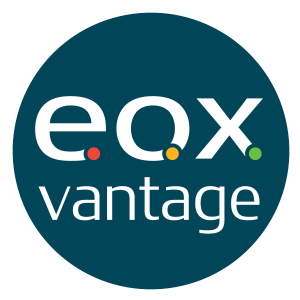Published in CHART Exchange | April 2021 issue
Author: Mike Fieseler
A common theme we've heard over the past few years is that data has become king in the insurance industry. It hones decisions, drives new business and guides new program development.
Plus, we know that consumers now expect faster turnarounds, coupled with enhanced customer interactions and added value offerings from insurers. Effectively employing data can be the key to success in meeting these new standards.

Ruler With a Wobbly Crown?
Data may be the king, but its crown is often a bit wobbly. Dealing with multiplying masses of data proves an intimidating and complicated proposition.
You must start with top-quality, accurate data and then ensure it encompasses what data science defines as high-value - that it is storable, accessible, sharable, manipulable, consistent, visible and portable, to name a few. It's a tall order, but worth it.
New, Old & Projected: A Starting Point
As insurance businesses continue to maximize their use of data, they need to also keep in mind the differences between old and new data, and the relationship both have with making your projections.
Old data may include external databases found on the internet or what is contained in your ERP or Agency Management System. New data is being generated every day. It often consists of real-time performance data, including figures from telematics, freezer temperatures, motion detected by security cameras and other IoT-related detection, collecting and reporting mechanisms.
Companies have traditionally relied on historical data, but are quickly transitioning to interjecting new, real-time data where possible. Projected data is based on observations of both old and new/performance data. It can help form predictions like the following examples.
Vehicle accidents could be anticipated by identifying trends based upon analyzing driver behaviors from old telematics data prior to claims. You may find that out of 50 claims under a common claim code, a couple common behaviors were shown by the drivers and/or vehicles leading up to each claim.
Then, as you monitor and analyze new/real-time data, you can predict that a driver is trending to having an accident and notify them to take precautions. You may find that adding other variables (weather, road conditions, tire wear, etc.) can further reduce the risk exposure of your insureds.
Likewise, based on new data sources from 5G-enabled IoT, you will be able to alert insureds like homeowners to take risk mitigating actions such as turning off an oven, getting the furnace checked or looking for leaks (assuming a remote shut-off is not built in). You can see that new data, grounded in real-world performance metrics, is especially useful for guiding anticipatory actions.
As you strategize the use of these interconnecting data types, you will need to consider: How will you benefit by your focus on total solutions for your clients, not just your traditional insurance product?
- Use data to help them understand risks and where they can take preventative action, which will help them drive down costs.
- Give them actionable suggestions they can take.
- Provide them visibility of their risk profile through a dashboard summary.
We have found this course of action has helped our clients become irreplaceable partners with their policy holders, positioning them to expand their relationship/coverage rather than defending their renewals each year.
Everything New Gets Old
A crucial point to remember is that new data will become old data eventually. In time, volumes of telematics data will become standard historical sources like driving violations and credit history are today.
Once new data becomes old data, it can be parsed and leveraged with your existing data. Data usages and practices should be planned with this built-in obsolescence in mind.

Prep for Challenges
Looking forward, what are some of the challenges we will face as new data continues its rise? Inaccuracies will naturally occur due to time passing. For instance, people move and that will make their once correct addresses out of date. That might or might not prove a hindrance, depending on your current purposes, and may require spinning it off into other data sources.
One key obstacle to address will be how to integrate and analyze your new and old data. As always, it's best to have a plan in place to store and integrate all your data. Your data should be structured, formatted properly, and suitably stored so that it is easily recalled and presented.
Due to the extreme volumes of data and masses of data points, you likely will require a full-time person and tools to continually analyze and summarize your base cases. In addition, your technology department will need to have data integration and aggregation skills. This includes gathering data from multiple sources, as well as integrating results from one system to another, such as summaries into an underwriter workstation.
Determining who needs the data and in what format is also critical. We have found a Red-Yellow-Green system visually indicating what meets your expectations and what requires focus to be a good method for summaries, while bar or line charts work for depicting trends. Take time to map out what each role within the organization needs to see, and the best depiction for them.
Final Recommendation
In the time ahead we will all expand our data sources, as well as the amount and frequency of data collected. As this happens, the task of identifying and analyzing trends becomes all but impossible without also having a plan for implementing Artificial Intelligence (AI) tools.
AI tools can help you quickly identify trends and "select" business matching your risk appetite as well as to quickly change the profile of your target policy holder. This also gives you the ability to target-market your solution to a specific group.
It can take a great deal of time, effort and investment to optimize your data standards, but at stake is nothing less than the future of your business. You will need a thoroughly thought-out and codified approach with consistent practices and SOPs. Now is the time to develop a data governance plan.
The best data methodology will result from training, teaching and improving data literacy across your organization. At that point, all your team members will be able to recognize and address any actual or potential issues. A carefully chosen technology partner can also help guide and implement your data strategy.
Your data is an invaluable asset. Give it the care and attention it deserves. In short, treat it like royalty... and it should do the same for you!


